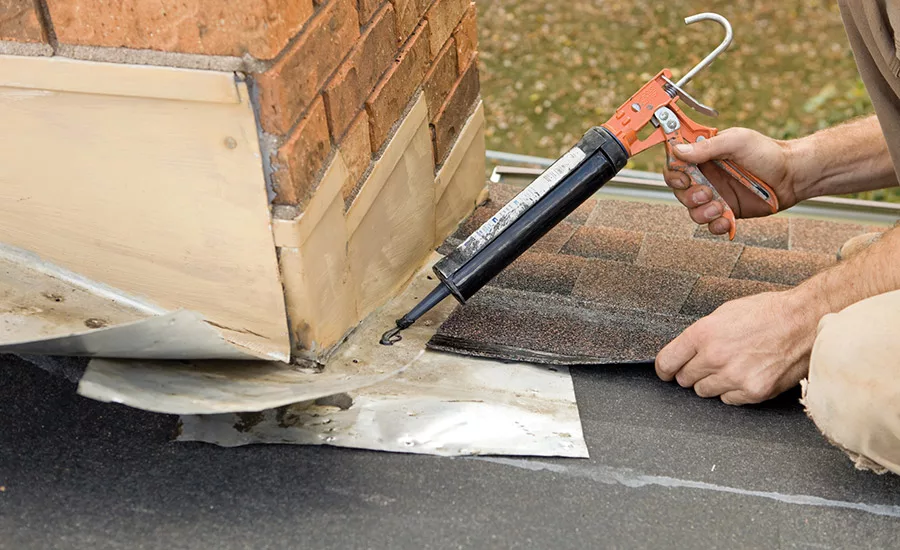Case Study
Applying Rapid-Cure Adhesives with a Meter/Mix/Dispense System
A new meter/mix/dispense system offered BASF a flexible solution for applying rapid-curing sealants.

In the roofing industry, application methods are limited for applying rapid-cure materials. To start, rapid-curing sealing membranes are delivered in 200-l drums. This container volume is often too large for most touchup and small project applications. In addition, the setup time for the standard rapid-cure material application method—plural-component spray system (hot spray)—is both time consuming and cost prohibitive for smaller projects. Due to high equipment costs and high levels of coating waste, rapid-cure coatings are often not used by applicators. To combat these challenges, roofing companies use polyurethane (PU) coating systems for small and touchup applications. However, PU coating systems have issues as well.
The standard kit size for a PU coating system is 40 l. Smaller kits for touchup are often not available. In addition, the mixing and metering of the coatings used in a PU coating system are performed at the construction site, which brings a high risk of failure. Since most PU coatings cure in 5-30 sec, PU touchup applications usually require the use of a plural-component spray system, which features a long setup time and can be expensive.
The Solution
BASF found itself facing these challenges. The company simply had no easy and cost-effective way to apply rapid-cure sealants for small applications without long setup times and material waste issues. A new system* was found to solve the problems occurring in small and touchup applications in roofing. “The MixCoat System opens new potential markets for the rapid-curing technology,” says Christoph Duerst, area sales manager for BASF.
The system reportedly solves every problem that roofing companies face in applying rapid-cure materials. When applying rapid-cure sealants with the system, only an air compressor and a spray system are needed, allowing preparation time to be reduced from 2-4 hrs to 15 min.
Due to the system’s use of cartridges, very small areas can be coated while minimizing coating waste. In addition, partially used cartridges can be recapped and reused for the next project. The prefilled cartridges also protect the applicator from direct contact with unmixed material, adding another layer of safety.
The system uses low-pressure compressed air, 7 bar (100 psi). Compared to airless or hot-spray equipment, which can utilize 50-300 bar (725-4350 psi), the risk of injury is drastically reduced. Low-pressure air-assisted systems also produce far less overspray then the typical airless spray technology, reducing the risk of environmental pollutants and unintentional property damage. ASI
For more information, visit www.sulzer.com or www.basf.com.
Looking for a reprint of this article?
From high-res PDFs to custom plaques, order your copy today!


